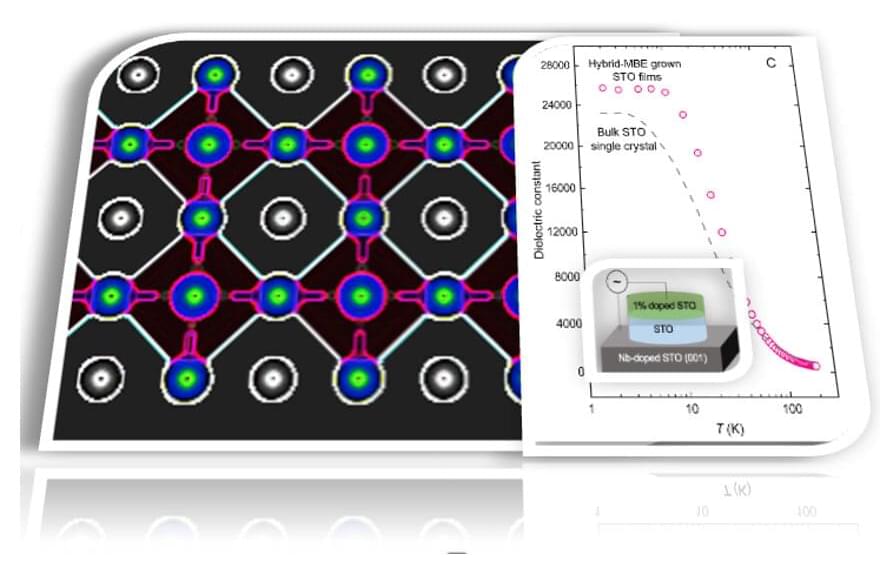A University of Minnesota Twin Cities-led research team has solved a longstanding mystery surrounding strontium titanate, an unusual metal oxide that can be an insulator, a semiconductor, or a metal. The research provides insight for future applications of this material to electronic devices and data storage.
The paper is published in the Proceedings of the National Academy of Sciences.
When an insulator like strontium titanate is placed between oppositely charged metal plates, the electric field between the plates causes the negatively charged electrons and the positive nuclei to line up in the direction of the field. This orderly lining up of electrons and nuclei is resisted by thermal vibrations, and the degree of order is measured by a fundamental quantity called the dielectric constant. At low temperature, where the thermal vibrations are weak, the dielectric constant is larger.










Comments are closed.